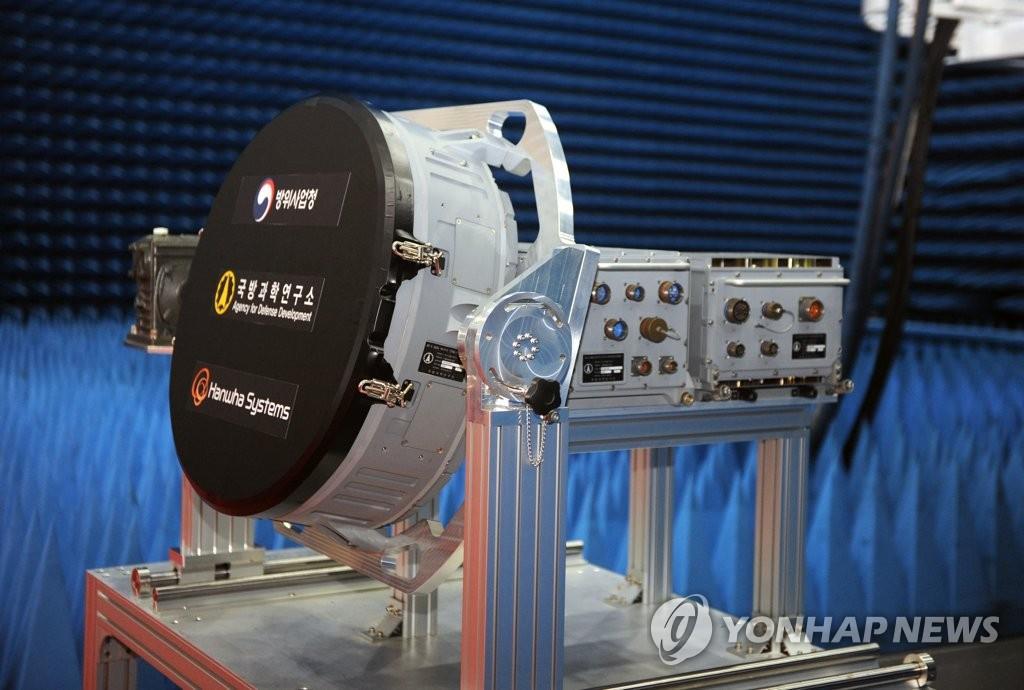U.S Reluctance to Share AESA Radar Technology Nearly “Killed” South Korea’s KF-21 “Boramae” Project
Washington's reluctance to share AESA radar manufacturing technology for the KF-21 project nearly “killed” the entire program, a source of pride for the East Asian nation's defense industry.
(DEFENCE SECURITY ASIA) — South Korea is forced to independently develop its own Active Electronically Scanned Array (AESA) radar for use in its 4.5-generation aircraft, the KF-21 “Boramae,” as the United States has been unwilling to share the technology necessary for radar development.
Washington’s reluctance to share AESA radar manufacturing technology for the KF-21 project nearly “killed” the entire program, a source of pride for the East Asian nation’s defense industry.
Nevertheless, the Defense Acquisition Program Administration (DAPA), a South Korean government-owned defense agency, asserts that domestic companies possess the capability to develop their own AESA radar technology without technological assistance from the United States.
DAPA selected the local company Hanwha Systems to develop the AESA radar for the KF-21, and in August 2020, the prototype of the AESA radar for the 4.5-generation aircraft, dubbed the “F-35 version for Asia,” was publicly unveiled for the first time.
The KF-21 fighter aircraft is being developed by Korea Aerospace Industries (KAI).
According to Hanwha Systems, the AESA radar for the KF-21 is characterized as the “eyes and brain of the aircraft,” enabling it to “see” potential threats from a greater distance.

“The KF-21 AESA radar is one of the most critical avionics sensors that performs various missions such as monitoring, detecting air and ground targets, and generating video images,” according to the South Korean company.
DAPA utilized a Boeing 737 test-bed aircraft to conduct tests on the Hanwha-developed AESA radar intended for use on the KF-21.
The AESA radar for the KF-21 is designed to detect and identify various targets simultaneously at distances of hundreds of kilometers (the exact capability is classified).
In addition to equipping the KF-21 with AESA radar, Hanwha and DAPA also plan to outfit the country’s fighter aircraft with their own developed modern radar.
The development of the AESA radar for the KF-21 marks South Korea’s first attempt at producing AESA radar, a crucial component for the operation of modern aircraft worldwide.
Compared to Passive Electronically Scanned Array (PESA) radar, AESA radar offers various advantages, including extended and precise target detection ranges, even for small targets that are challenging for adversaries to detect, and resilience against enemy jamming.

A test-bed aircraft is employed for the evaluation of the Active Electronically Scanned Array (AESA) radar developed by Hanwha Systems.
Therefore, nations worldwide seek to equip their fighter aircraft with AESA radars.
However, the production of AESA radar is highly challenging, and only a few countries possess the capability to develop it. Even Russia is reportedly facing difficulties in producing AESA radar.
Countries with the capability to develop AESA radar are limited to major players such as the United States, the United Kingdom, Sweden, France, and Israel.
Hanwha Systems’ involvement in AESA radar development appears to be deepening, as evidenced by its agreement with Italy’s Leonardo to jointly develop AESA radar for use in light fighter aircraft.
The agreement between the two companies was signed during the Paris Air Show few years ago.
Hanwha and Leonardo aim to develop AESA radar for use in currently available fighter aircraft in the market. — DSA
To contact email: lulwabyadah@gmail.com


Comments are closed.